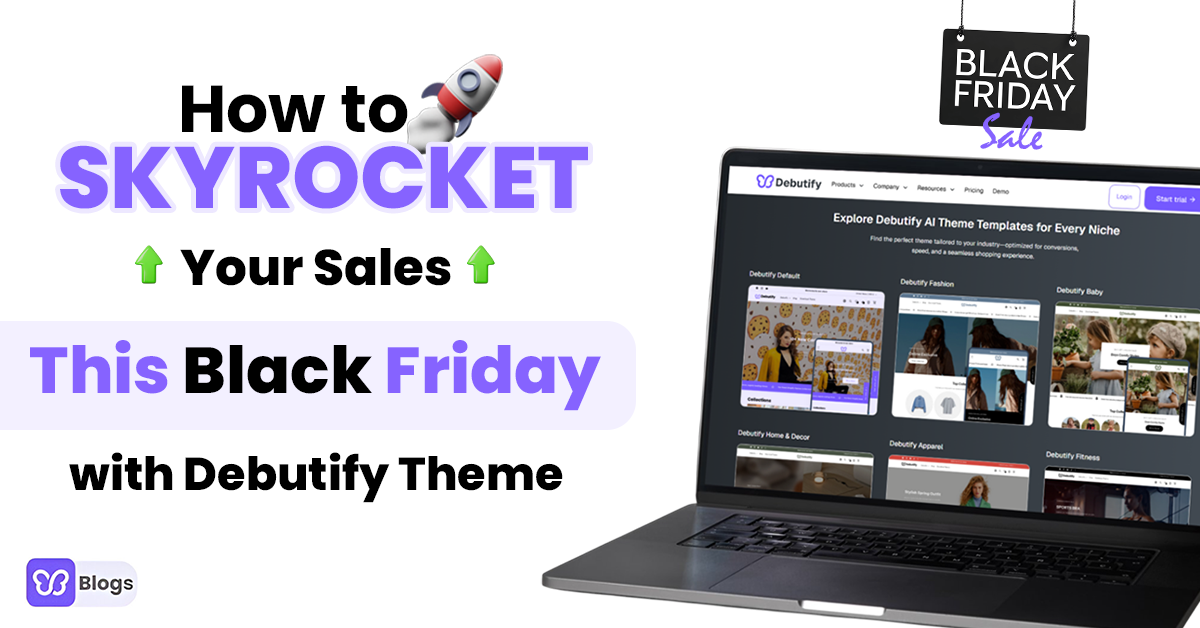For assessing the functionality and user experience of a website, Core Web Vitals is an essential tool. It offers insightful information about the general functionality of the website, facilitating efficient optimization.
- Use a variety of tools, such as Lighthouse, Chrome DevTools, Google PageSpeed Insights, and the Web Vitals JavaScript library, to evaluate Core Web Vitals.
- Prioritize optimizations by evaluating real-world performance data from sources such as the Chrome User Experience Report (CrUX).
- To ensure consistent performance across all user scenarios, test Core Web Vitals metrics on various devices and network conditions.
- To maximize impact, give priority to user-centric metrics such as Cumulative Layout Shift (CLS), First Input Delay (FID), and Largest Contentful Paint (LCP).
- Set performance goals and benchmarks, pinpoint important pages and components, track performance changes over time, and work with other teams to address performance
Ongoing monitoring and maintenance
A vital tool for tracking and preserving website performance is Core Web Vitals. It offers a satisfying user experience and aids in pinpointing areas that want development. Tracking performance trends can be facilitated by scheduled performance checks, automatic monitoring, and regular performance audits.
Finding opportunities for improvement can be aided by benchmark comparisons, user testing, and feedback inspection.
A/B testing assesses how optimizations affect user behavior and performance. Frequent changes to features and content guarantee that performance is not adversely impacted. Keeping an eye on third-party integrations and services aids in evaluating how they affect metrics.
Maintaining current knowledge of browser standards, web technologies, and search engine algorithms can also have an impact on Core Web Vitals indicators. In order to guarantee user happiness, engagement, and retention, continuous optimization initiatives make sure that performance optimization is a continuous activity.
Incorporating Core Web Vitals into Web Development Processes
To optimize the performance of a website, core web vitals are crucial measurements. Performance optimization can be incorporated into development workflows by using performance-focused development tools, enforcing code reviews and performance guidelines, automating continuous integration and deployment (CI/CD), setting performance budgets, educating your team about its significance, setting performance goals, incorporating performance considerations into design, integrating performance testing and QA processes, and using performance-focused development tools.
You can make sure that performance optimization is given top priority right away and is smoothly integrated into your development workflows by implementing these measures. This will provide users with a quick, responsive, and visually stable experience. Core Web Vitals may be integrated into your development processes to guarantee that your website provides a quick, responsive, and
Future trends and considerations
Core Web Vitals, a crucial tool in web development, is set to undergo significant changes in the coming years. These changes include the emergence of new metrics, integration with accessibility standards, and the enhancement of real-user monitoring tools.
These advancements will provide deeper insights into user experience, including accessibility, responsiveness across devices, and user engagement. The adoption of emerging technologies like augmented reality, virtual reality, and progressive web apps will also impact the assessment and optimization of Core Web Vitals.
As web developers focus on sustainability and green web development, they must adapt their optimization strategies to changing user behaviors and preferences. Machine learning and AI technologies may play a larger role in optimizing Core Web Vitals, analyzing large datasets and identifying performance patterns.
Compliance with regulatory requirements, such as privacy regulations, will also be crucial in optimizing website performance. Cross-platform optimization is also essential, ensuring consistent performance across various devices and platforms.
Community collaboration within the web development community will drive the establishment of best practices and standards for Core Web Vitals optimization. By staying updated on these trends, web developers can proactively adapt their optimization strategies to meet evolving user expectations and technological advancements, delivering better user experiences and maintaining competitive advantages.






